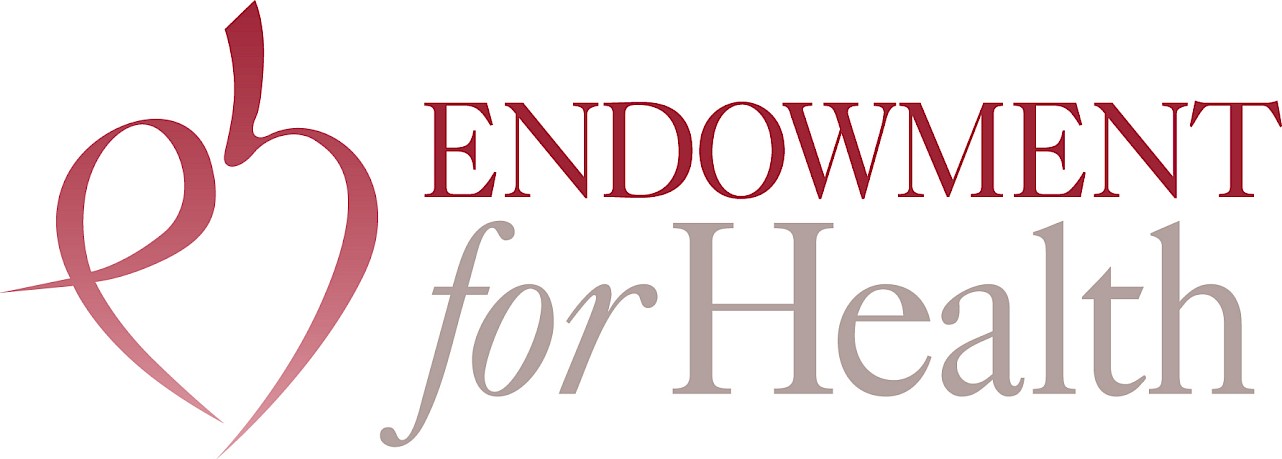In states like New Hampshire, with the majority of homes built before the 1978 ban on lead-paint, it is too common that children are exposed to lead. Because even low levels of lead in blood have been shown to affect IQ, ability to pay attention, and academic achievement, preventing and addressing exposure is critical to children’s long term health.
Data from New Hampshire Department of Health and Human Services, Division of Public Health Services, Bureau of Community Health Services, Healthy Homes and Lead Posinoning Prevention, Lead Exposure in New Hampshire Data Brief. Prior years from annual blood lead level surveillance reports.
2022 Report can be accessed here
Note that the CDC decreased the reference level from 5 micrograms per deciliter (ug/dL) to 3.5 in October of 2021. Data from 2022 and beyond reflect that. The 2021 figure of 467 includes 430 children (72 months or younger) who tested at or above the 5 ug/dL before October, 2021, and the 37 children who tested at or above the 3.5 ug/dL after October 2021.
You can find historical data on trends at the 3.5 ug/dL level in the annual Lead Exposure in New Hampshire Data Briefs (such as the 2022 report linked above), as the Health Homes and Lead Poisoning Prevention team has reanalyzed historical data given that new reference level.
